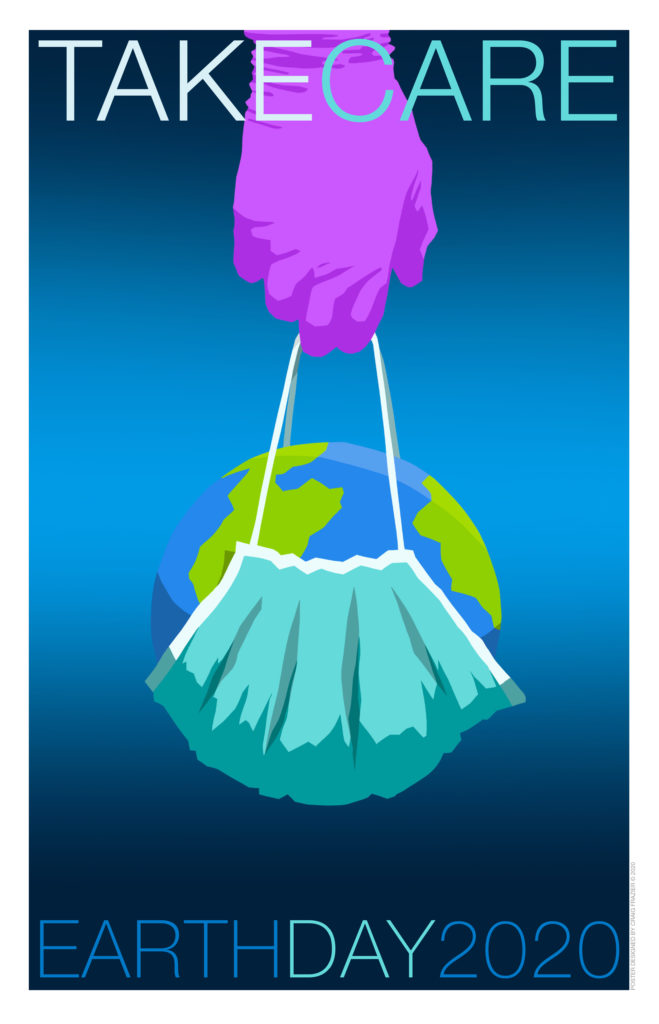Giving Thanks on Earth Day

April 22nd marks the 50th anniversary of Earth Day, which most years focuses on how mankind is endangering the environment and the creatures that inhabit the earth. This year illustrator Craig Frazier created a poignant reminder that humans are also an interconnected part of this ecosystem. With the coronavirus pandemic threatening our very existence, it behooves us to remember that we are all part of one earth. Explaining how he arrived at this year’s Earth Day theme, Craig said, “At this time, we need to take care of those who are taking care of us all over the world. I designed this poster to honor the health care workers who are doing the heavy lifting.” Indeed.

